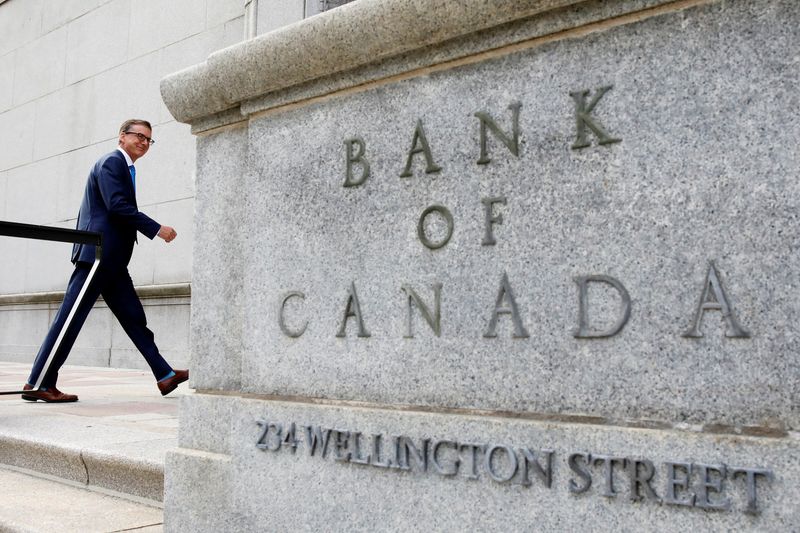Bank Canada not coping with inflation
2022.12.15 12:59
[ad_1]

Bank Canada not coping with inflation
Budrigannews.com – Due to the fact that the recent decline in bond yields already works to lower some domestic borrowing costs, the Bank of Canada will likely have a difficult time persuading markets in 2023 not to anticipate a swift reversal of its interest rate hike campaign.
The bond market determines longer-term borrowing costs, such as those for businesses and some mortgage rates, while the central bank sets short-term interest rates.
Since October, bond yields in Canada and the United States have fallen as investors anticipate the end of the tightening cycle and the possibility of a rate cut next year.
Financial conditions or the availability of funding in the economy are aided by bond yields and other indicators like the strength of the stock market and the currency. They could prevent activity from slowing down enough to alleviate inflationary pressures if they loosen.
According to Doug Porter, chief economist at BMO Capital Markets, “to the extent that the markets start to anticipate the end of central bank hikes, and even the possibility of cuts, it makes the central banker’s job that much more difficult.”
“It will be harder to actually squeeze inflation out of the system if markets rally too much and are too healthy or robust.”
Despite evidence that tighter monetary policy has helped cool interest rate-sensitive sectors of the economy, such as housing, the BoC asserts that the economy remains overheated.
After raising rates at a record rate of 400 basis points in nine months to 4.25 percent, its highest level in nearly 15 years, it has nevertheless opened the door to withdrawing from the market at its subsequent policy decision on January 25.
On the other hand, on Wednesday, the Federal Reserve stated that it would conduct additional hikes in the coming year.
Another increase paid off:
Although a possible rate peak could help stabilize activity, there are currently no indications that the housing market will roar back.
More ECB bond sale will be in March
James Laird, co-founder of the mortgage rate comparison website Ratehub.ca, stated, “Demand hasn’t changed, people have just been sitting on the sidelines while this transition from ultra-low rates to the new rate equilibrium happens.”
According to its data, the lowest available fixed rate for five-year mortgages—the most common term in Canada—has dropped by half a percentage point to approximately 4.70 percent from its peak in November.
The rise in variable rates has continued.
The Bank of Canada’s policy rate is expected to reach a high of 4.40 percent in March, according to money markets, before falling to about 3.9% by the end of 2023.
The Toronto stock market has increased by 11% and the Canadian 5-year yield has decreased by nearly 100 basis points since October.
Since August, the Canadian dollar has lost nearly 7% against the US dollar and even more against some G10 currencies, which could help exports.
Expansion facilitated to 6.9% in October subsequent to cresting at 8.1% in June yet is probably going to be more persevering than recently suspected in the wake of spreading from products costs to administrations and wages, where greater expenses can turn out to be more settled in.
Derek Holt, Scotiabank’s head of capital markets economics, stated that central bankers “should avoid doing anything that fans this market narrative” of a soon-to-be-reversal of rate increases.
“If not, we could be on an expansion and rates thrill ride for quite a long time into the future that is one-sided toward higher normal expansion.”








